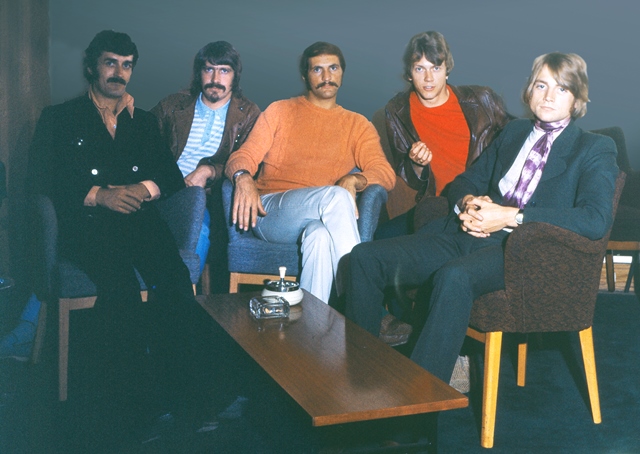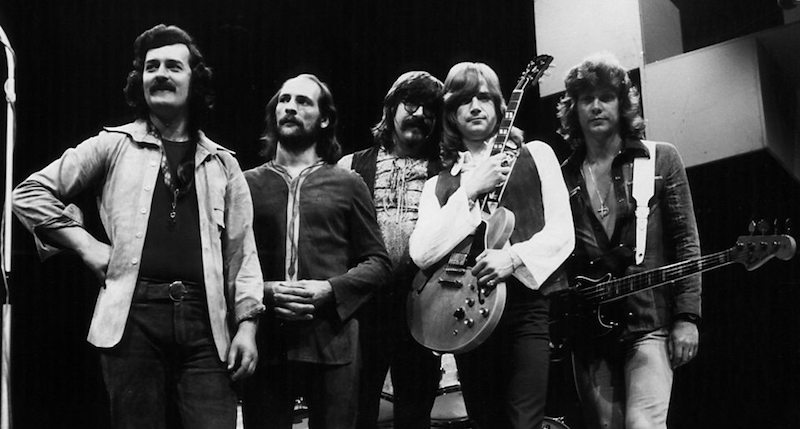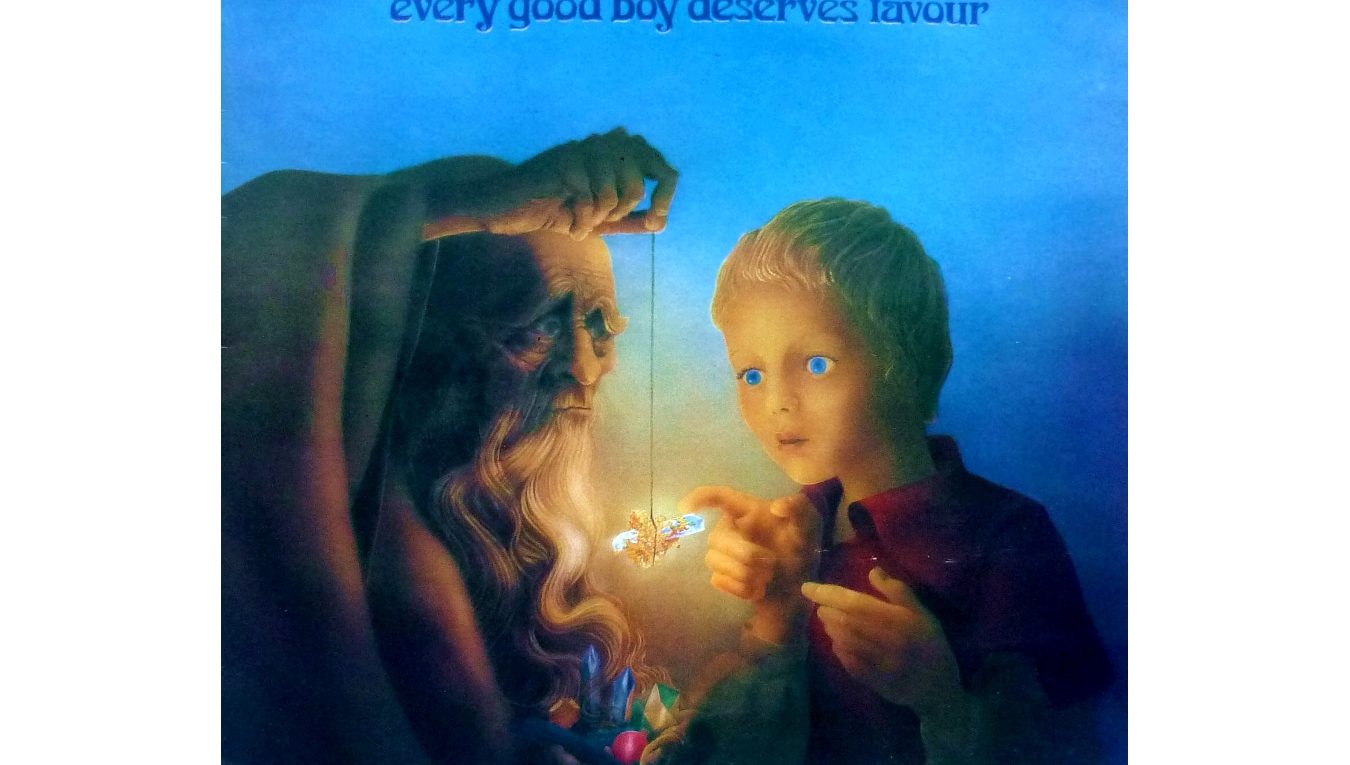Every Good Boy Deserves Favour Songs Ranked
Every Good Boy Deserves Favour is the seventh album by The Moody Blues, released in 1971. This album featured the only track to be written by all five members of the band. The opening “Procession” was a piece that was intended to describe the history of music from the beginning of time up until the album’s recording. The only three words heard in this track—”desolation,” “creation,” and “communication”—were similarly used (along with many other “-ation” words) in “One More Time to Live.” The album reached #1 on the British album charts, in addition to a three-week stay at #2 in the United States, and produced one top-40 single, “The Story in Your Eyes.” The track “Emily’s Song” was written by John Lodge for his newborn daughter. Mike Pinder wrote and sang the album’s concluding track “My Song.” The title is taken from the student mnemonic for the lines of the treble clef: E-G-B-D-F. These notes are heard played on piano during “Procession.” Here are all of Every Good Boy Deserves Favour songs ranked. Here are all of Every Good Boy Deserves Favour songs ranked.
Don’t miss out on the music of The Moody Blues! Click and enjoy the songs that lift your mood!
9. After You Came
“And side one of the album (back when albums had sides) ended with Edge’s “After You Came,” a fine example of the band’s four vocalists working well together. All four sing the verses together in seamless harmony, including one of my favorite MB lyrics — “Come back to earth, for what it’s worth/For you’ve been dreaming of a ceiling, not a home.”
8. Emily’s Song
“Emily’s Song,” written by Lodge for his daughter, is gentle and sweet, like a lullaby — acoustic guitar and cello work together well in this song. No doubt Lodge’s daughter Emily, forty years on, is still happy and proud to know that her dad wrote this song for her all those years ago.”

7. My Song
“And the piano-based “My Song,” the tune that originally closed the album, shows us Pinder at his most overtly mystical, with that guru-from-the-mountaintop quality that often marked his work. The song has a spacey-sounding break in the middle that combines breathing sounds with Mellotron power chords in a manner that made me think of astronaut David Bowman’s trip through the Star Gate in Stanley Kubrick’s “2001: A Space Odyssey” (1968). But it works as a song, and rounds the album off well.”
See more: The Moody Blues Albums Ranked
6. Our Guessing Game
“Ray Thomas’s “Our Guessing Game” is one of his best songs, beginning with gentle piano and Mellotron, eventually energized by Hayward’s electric guitar. I’ve always had reservations about Thomas’s work — a good bit of it seems too self-consciously whimsical for its own good — but this is a solid and straightforward song, with effective use of multi-layered harmonies.”

5. You Can Never Go Home
“Hayward’s “You Can Never Go Home” is a fine song that makes me think of walking long ago through Asheville, North Carolina, carrying a well-thumbed copy of Thomas Wolfe’s novel “You Can’t Go Home Again”; like Wolfe’s novel, Hayward’s song deals with the passage of time and the impossibility of returning to the safety of one’s earlier life.”
4. The Story in Your Eyes
“An original version of “The Story in Your Eyes” makes for an interesting alternate take on this Moodies classic — slightly different vocal delivery by Hayward, with more echo on the vocal, and less emphasis on harmonies.”
See more: The Moody Blues Songs Ranked

3. Nice to Be Here
“Nice to Be Here” shows Thomas returning to his whimsical ways. “A mouse playing daffodil”? Really? Sounds as though someone has read Kenneth Grahame’s “The Wind in the Willows” one time too many. But it’s a pleasant tune, and the combination of flute, acoustic guitar, and high-register bass works well.”
2. Procession
“The opening instrumental “Procession,” written in collaboration by all five band members, may seem ambitious, aspiring as it does to set forth the entire history of music in 4 minutes and 40 seconds. Against the band’s chanting of “Desolation!” “Creation!” “Communication…” (all concepts that will return later in the album), we hear a movement from primitive drums, to the chanting of monks, to a sitar, to a harpsichord, to a baroque church organ, to the Mellotron that is so strongly associated with the band’s work. Yes, it’s a bit portentous, but somehow it works.”

1. One More Time to Live
“Lodge’s “One More Time to Live,” which was the first song on the second side, goes from a gentle flute intro by Thomas to pick up on some of the themes of “Procession” from the first side, with contemplative lyrics in which the speaker questions humanity’s future prospects, except that now “desolation” and “creation” are followed by a long array of other general-concept words that rhyme: evolution, pollution, saturation, population, annihilation, confusion, et al.”

